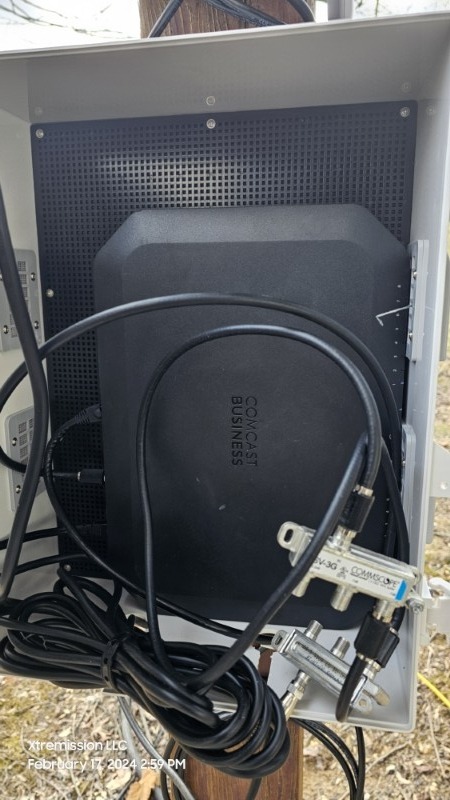Network Coverage Issue?
Tired of employees or guests complaining about spotty internet access or dropped wireless phone calls? Have a large area with challenging placement options? Whether you are planning a new network or expanding an old one, you need a wireless survey and obstruction assessment for most effective wireless coverage. Indoors or outdoors, urban or rural, there are different obstacles to overcome. Just adding another access point to spot fix a signal issue may actually degrade performance for not just you, but everyone else as well.
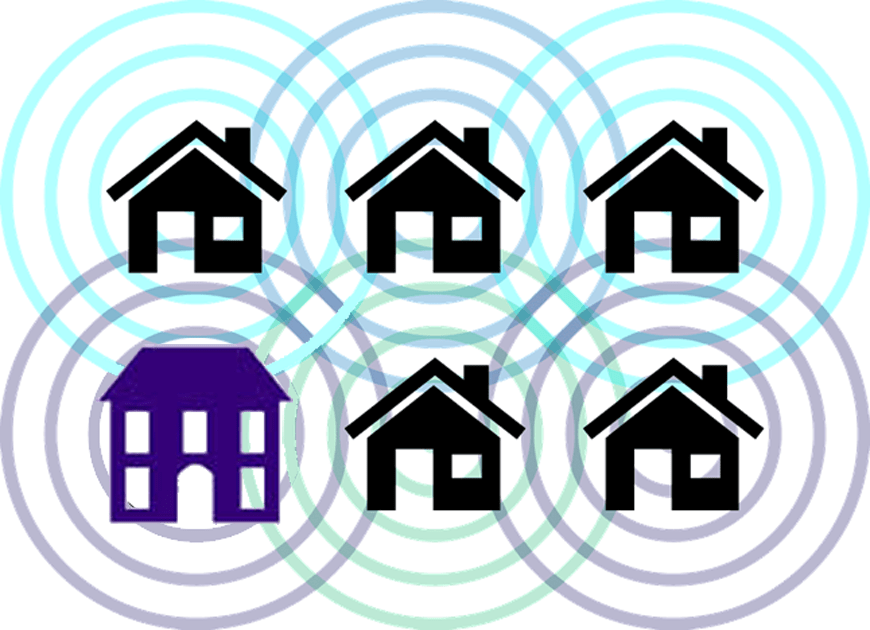
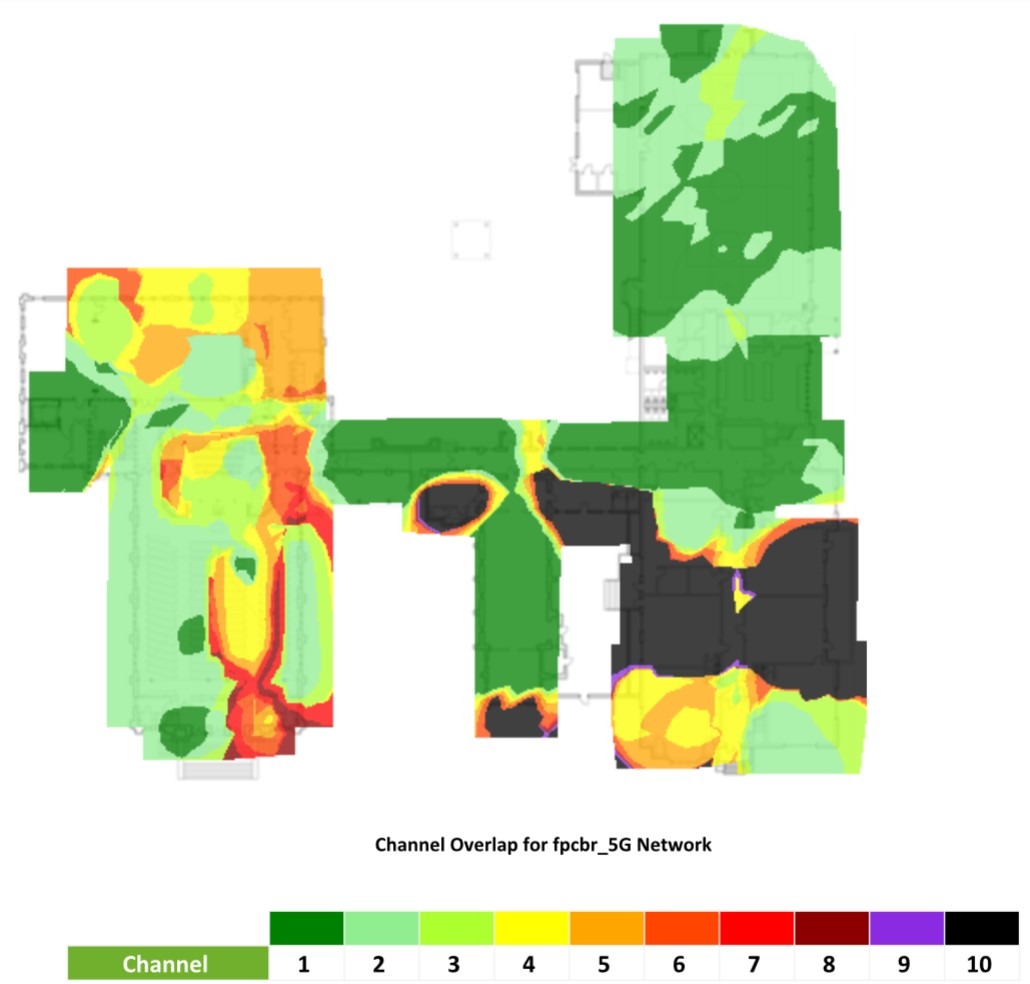
Have an older, poorly designed network that’s been grown over the years without much oversight? Chances are pretty high that access points are getting deployed without properly accounting for channel overlap. Many times consumer grade hardware is used to “spot fix” offices not having wireless coverage. This leads to excessive same-channel overlap that degrades access so far that even devices within a few feet of an access point are unusable. Even with the advent of 5Ghz and 6Ghz networks, channel overlap is still a concern, especially with extremely wide channels and ultra high speed data. Just because your network has multi-gigabit WAN and gigabit Wifi does not mean you can actually achieve your expected performance. A wireless study can easily identify your own issues as well as those caused by neighboring networks.
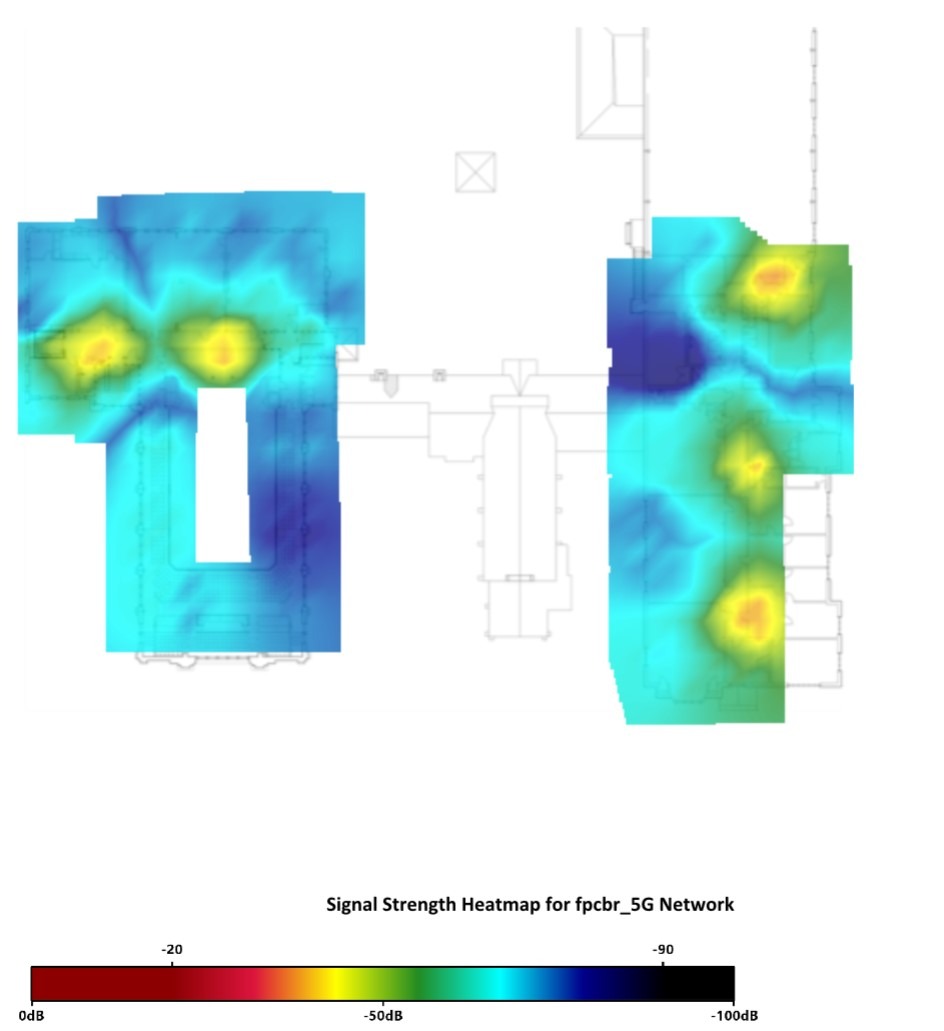
Multistory buildings come with their own deployment challenges. Many people think of wifi as being a two-dimensional product. The reality is that your access point on one floor is also affecting floors above and below it to some extent. The exact amount of coverage is dependent on building materials and placement, but it’s possible that every single access point installed in a building has RF passing through the same point.
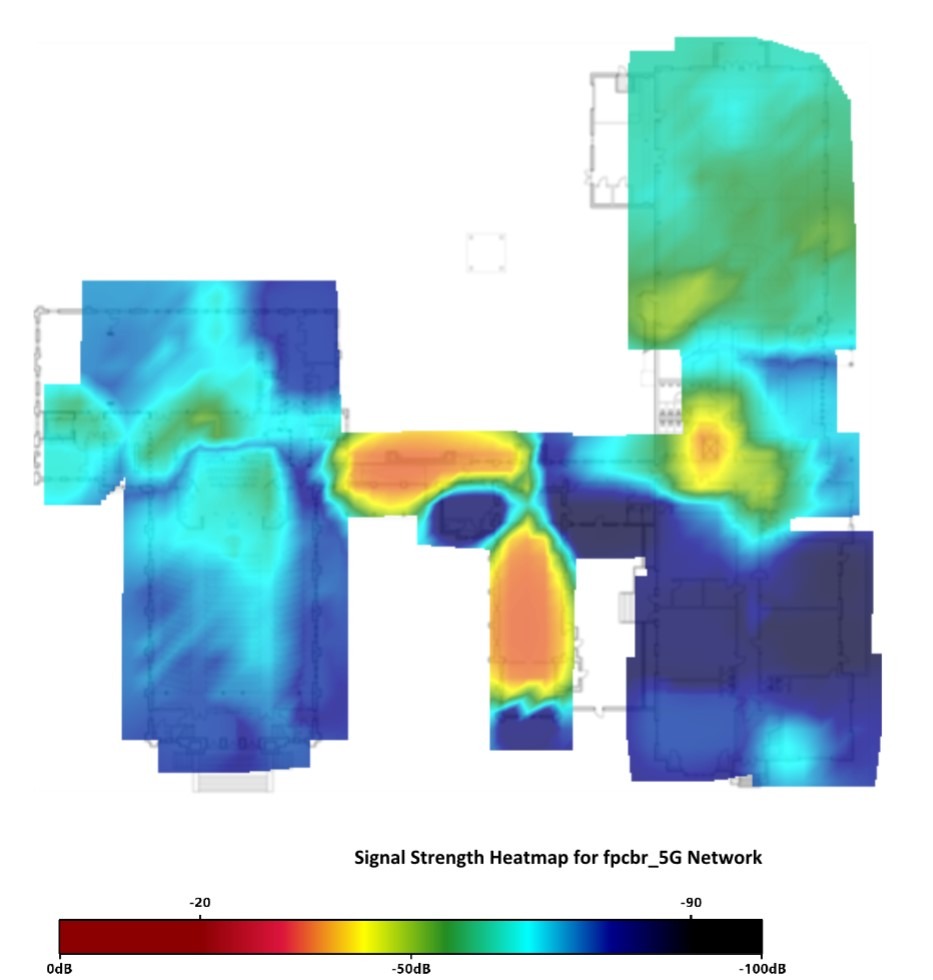
Floors that might only have 1 dedicated AP may have many more accessible that can cause devices to join a less optimal network. This is mitigated by having a wireless study that assesses your minimum signal strength values. With such information, your enterprise access points can be set to push weaker client devices to a better situated access point.
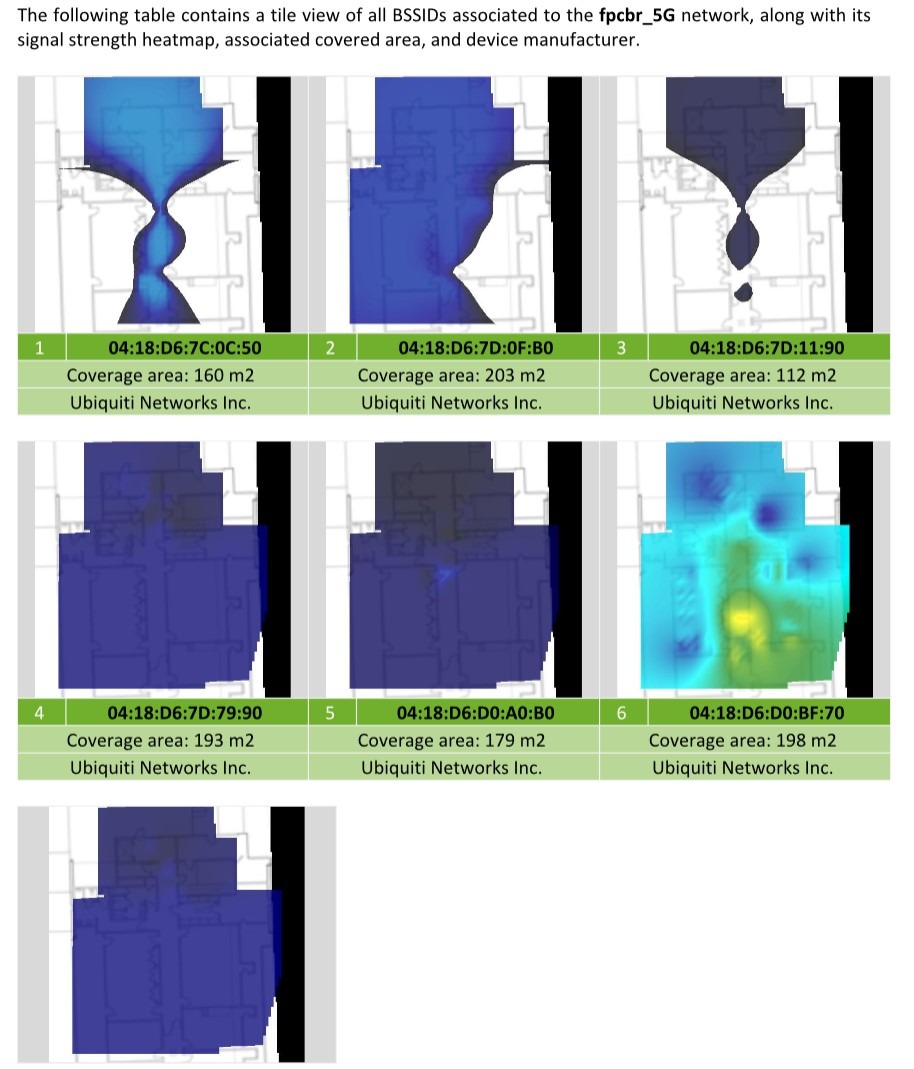
Stable wireless network coverage is important for more than just browsing the Internet. With cellular networks moving to 5G and higher bandwidth channels, building penetration is falling in some cases. Cellular carriers mitigate this by offering Wifi Calling, essentially piggybacking their customers off of your wireless network. In some offices, cellular service is handled entirely via the Wifi- so as your users traverse the building, they need a stable handoff from each zone without their calls dropping out. You don’t want to be a power multitasker who is interrupted by an elevator ride.
Outdoor Deployments
Outdoor deployments come with a different set of issues. While network coverage is typically less dense than indoor, objects like buildings and plants can cause significant blind spots. Seasonal foliage can cause dynamic issues with coverage, as a tree full of leaves tends to soak up signal better than a bare tree in winter. Additionally, line of sight links need to account for the normally elevated positions of each access point. What looks good from the ground, is not always good from the air.
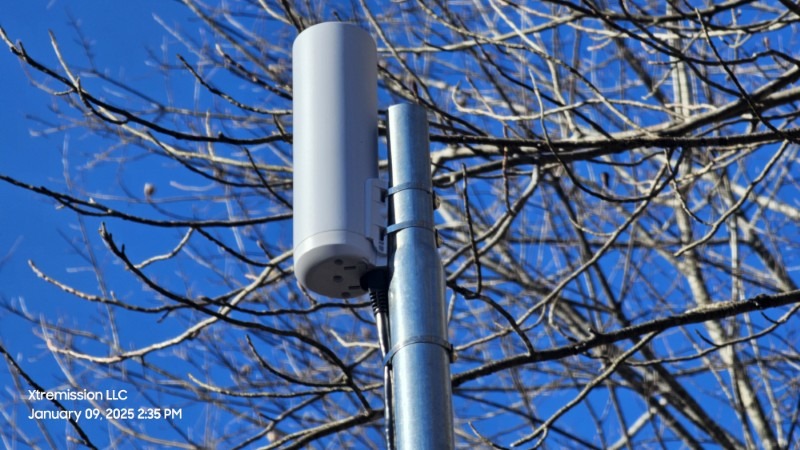
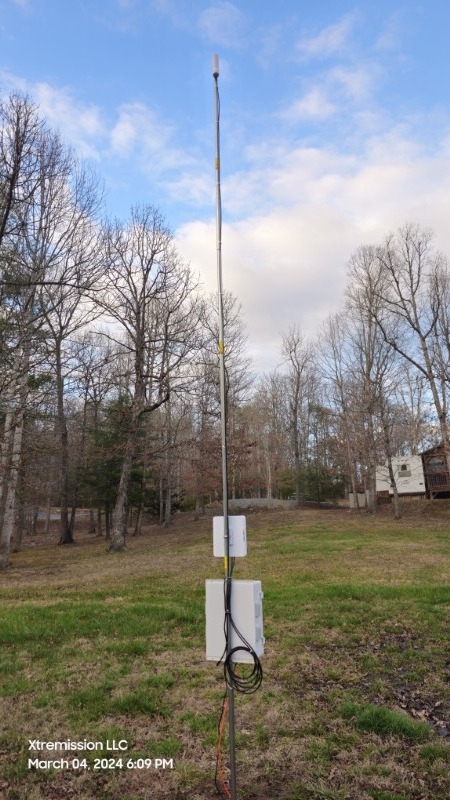
The capabilities of the access point also needs to be taken into consideration during placement. Who are you planning to serve? Will they be on foot or elevated? Are you going to have to run wires to ensure stable coverage or can you do everything with mesh and bridges? How many clients will you need to serve per access point? Will you need to support slow IoT devices and fast video streaming together? What about power, is AC access available or should solar be included? All of this can be answered by having a proper plan made before deployment.
